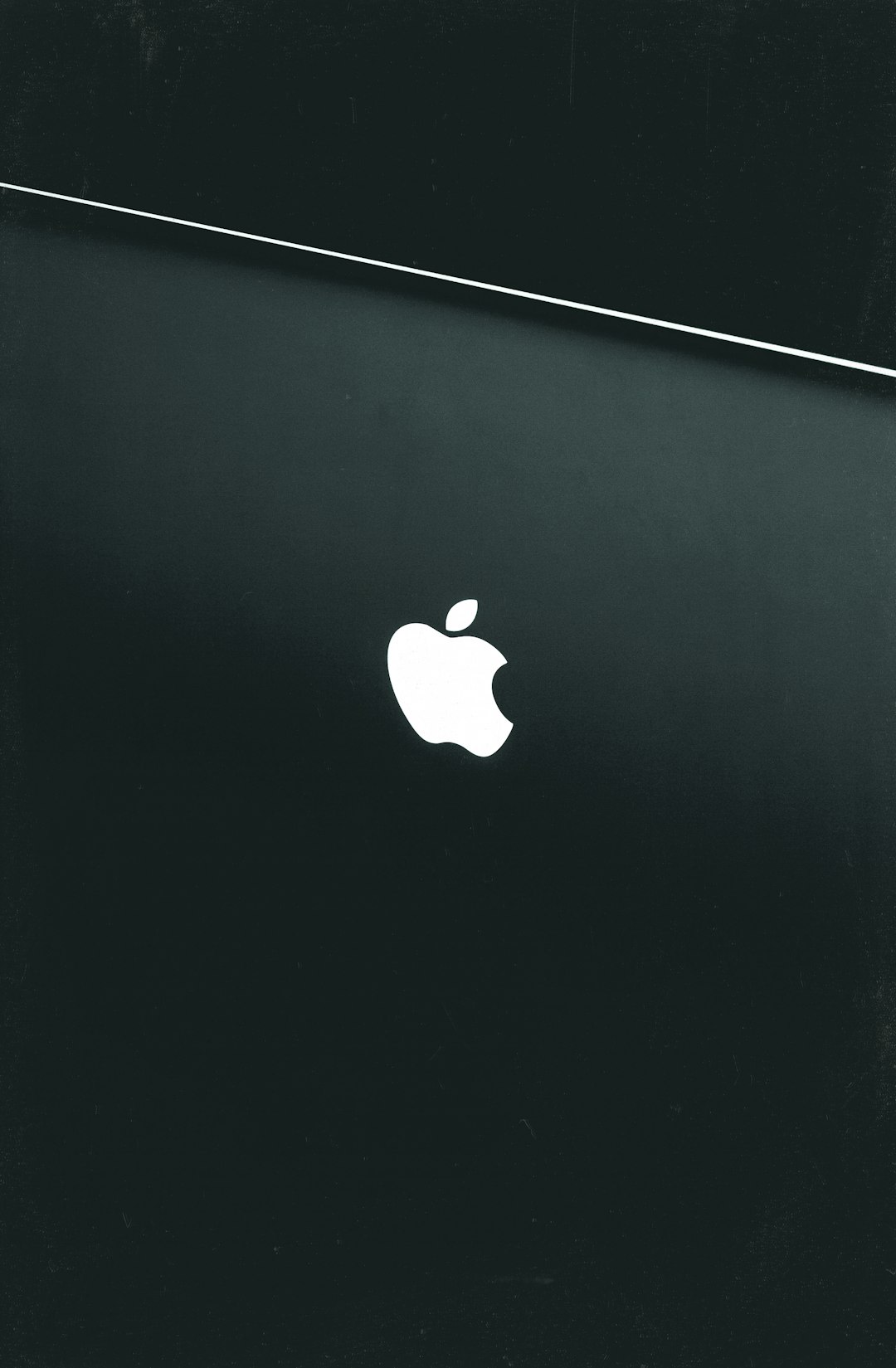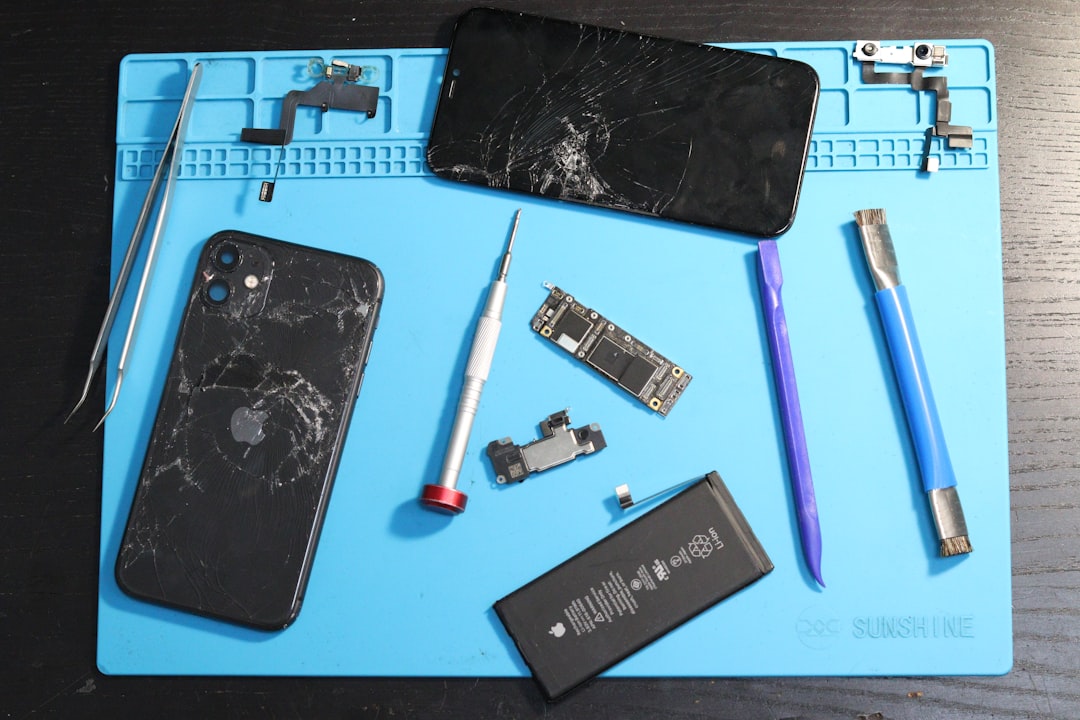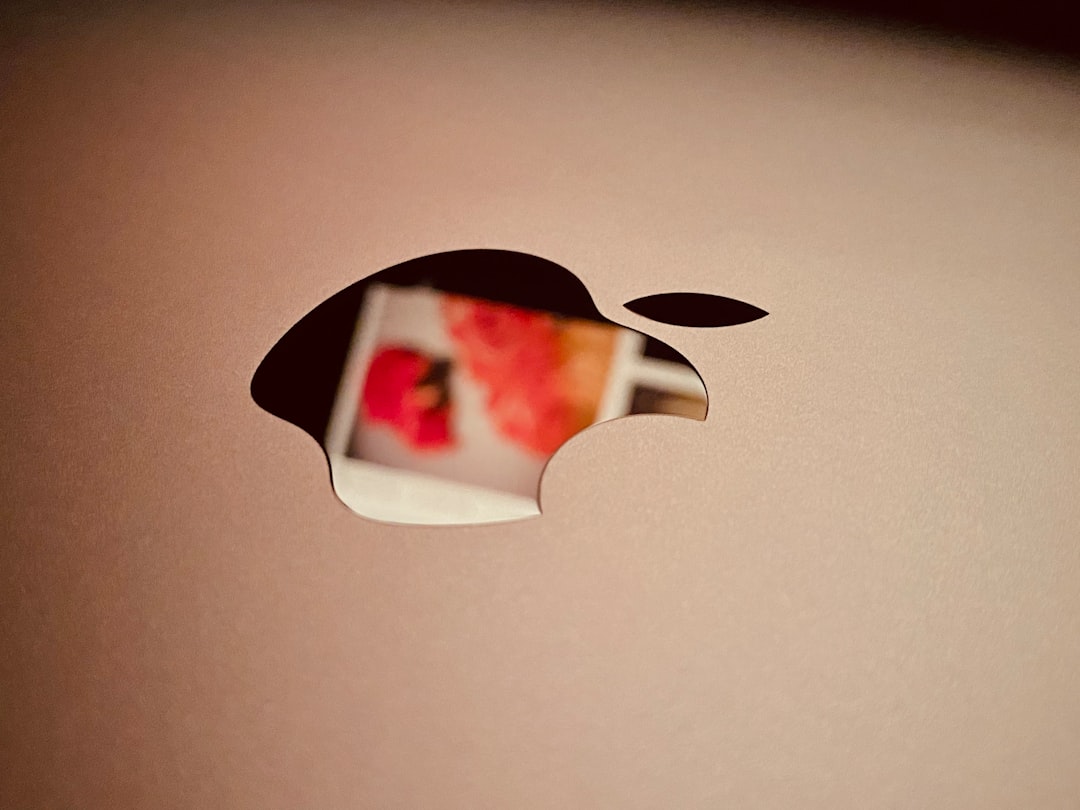MacBooks are known for their sleek design, powerful performance, and high-quality Retina displays. However, like any electronic device, they may experience screen issues over time. Pixel anomalies, flickering, backlight stains, and complete blackouts are just a few of the problems users might encounter. So, when these problems arise, the question becomes: should you try to fix your MacBook display yourself, or seek professional assistance?
Understanding Common MacBook Display Issues
MacBook screen issues can vary dramatically in complexity and cause. Understanding the type of problem you’re dealing with is the first step in determining whether a DIY approach is appropriate.
- Dead or Stuck Pixels: These inactive spots on the screen may appear as tiny black, red, or green dots. They’re often due to manufacturing defects.
- Screen Flickering: This unstable display can be caused by software glitches, graphics card problems, or hardware malfunctions.
- Backlight Bleeding or Staining: Uneven lighting on the display edges or ghost-like shadows are typically due to hardware degradation over time.
- Cracks and Physical Damage: Obvious damage due to falls or pressure is clearly visible and usually results in screen replacement.
- Vertical or Horizontal Lines: These indicate display cable issues or graphics card faults.

When a DIY Fix Might Be Appropriate
Some MacBook display problems can be resolved without professional help, especially if the issue is minor or software-related. Here are a few scenarios where a DIY fix can be viable:
1. Software-Related Display Issues
If your screen flickers or glitches after a macOS update or graphics driver change, a software conflict may be the culprit. You can try:
- Resetting the System Management Controller (SMC)
- Resetting NVRAM/PRAM
- Booting in Safe Mode to isolate third-party software causing conflicts
- Running macOS updates or reinstalling the OS
These actions are safe and reversible, making them an ideal first step before considering hardware fixes.
2. Cleaning the Display
Sometimes what seems like screen staining or discoloration turns out to be smudges or residue. Using a microfiber cloth and a small amount of screen-safe cleaner can resolve the issue. Be cautious not to apply excessive pressure during cleaning.
3. Using Third-Party Pixel Fixing Tools
If your display has stuck pixels, software tools like JScreenFix can try to reactivate them by rapidly cycling through colors. While not always successful, these tools are free and low-risk.
When Professional Repair is Necessary
There are several issues where DIY is either unsafe or ineffective. Attempting a complex hardware fix without expertise can not only void your warranty but also worsen the problem.
1. Cracked or Physically Damaged Displays
Replacing a broken MacBook screen is a challenging task due to the display’s loose integration with the rest of the device. Retina displays, in particular, have fragile components. Opening the screen improperly may damage the logic board, speakers, or battery.
2. Backlight or Internal Hardware Failures
If you’re experiencing vertical lines, dim portions, or display shut-offs, the issue could be with the T-CON board or internal backlight system. Repairs in these areas require specific tools and expertise.
3. Diagnosing Graphics Card Issues
Display problems stemming from GPU failures (especially in older MacBook Pros) typically require motherboard component-level diagnostics. Unless you have experience in micro-soldering and electrical testing, it’s best to leave this to a professional technician.

4. Apple’s “Flexgate” Problem
Flexgate is a known issue affecting some MacBook Pro models where the display backlight fails when the lid is opened beyond a certain angle. The cause? A delicate flex cable that wears over time. Fixing this problem involves either extending the cable (not a recommended DIY fix) or replacing the entire display lid assembly, which is expensive and complex.
Weighing the Costs: DIY vs. Professional Repair
Before committing to a fix, consider the cost of tools, replacement parts, and potential risks. Professional repair may seem expensive upfront, but it often includes warranties and proper diagnostics. DIY fixes can save money but come with higher risk, especially if you’re unsure about disassembly procedures or part compatibility.
| Issue | DIY Friendly? | Professional Recommended? |
|---|---|---|
| Smudges or dust | Yes | No |
| Stuck pixels | Yes | No |
| Screen flickering | Sometimes | Yes |
| Cracked screen | No | Yes |
| Backlight failure | No | Yes |
Tips Before Attempting a DIY Display Repair
- Backup your data: Always create a full backup before opening your MacBook.
- Use the right tools: MacBooks require precision tools like pentalobe screwdrivers, suction cups, and anti-static wristbands.
- Watch teardown tutorials: Websites like iFixit provide detailed guides and video instructions for many models.
- Check warranty and AppleCare status: Free repairs may be available if your device qualifies.
Conclusion
MacBook display issues range from minor inconveniences to serious hardware failures. Some problems like smudges or stuck pixels are simple enough for a DIY approach, while others like backlight failure or cracked screens demand professional expertise. Let cost, risk level, and technical skill guide the decision on whether to fix it yourself or seek repair. In either case, early diagnosis and action can prevent further damage and help you get your MacBook back to peak performance.
Frequently Asked Questions (FAQ)
- Can I replace just the glass on my MacBook screen?
No, on most models the display glass and panel are fused together. Replacing one without the other is nearly impossible without professional equipment. - How much does it cost to professionally replace a MacBook screen?
Depending on the model and repair shop, fees can range from $300 to $800. Models with Retina or mini-LED displays are typically more expensive to repair. - Does Apple repair stuck pixels under warranty?
Stuck or dead pixels may be covered if they exceed Apple’s acceptable pixel anomaly threshold. Contact Apple Support to verify your case. - Is opening up my MacBook to fix the screen safe?
Unless you’re experienced with microelectronics, opening a MacBook poses risks, including static discharge and component damage. Follow official guides and safety protocols if attempting DIY. - What’s the best way to prevent display issues long-term?
Use a protective case, avoid pressure on the lid, regularly clean the screen, and avoid exposure to moisture or extreme temperatures.



